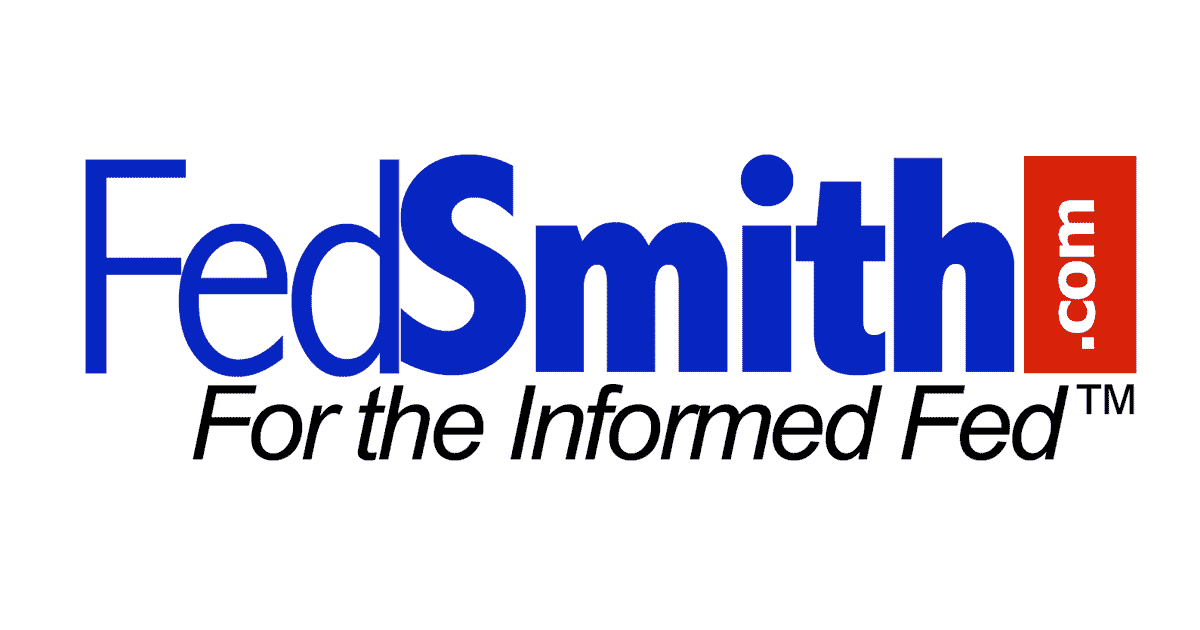Nobody likes to pay taxes. Even newly hired federal employees do not want to pay taxes. Therefore, many new federal employees solely earmark their initial Thrift Savings Plan (TSP) contributions to the Traditional TSP choice.
This decision is driven by the employee’s desire to reduce income taxes. A new employee finds the Traditional TSP especially attractive because all contributions offer pretax savings for the current year. In contrast, Roth TSP accounts can offer decades of tax savings upon distribution of the assets.
The long-term consequence of this decision is that your career Traditional TSP may eventually be north of $1,000,000 upon retirement because of decades of tax-deferred growth enhanced with employer-matching contributions.
Retired federal employees who have embarked upon a second career may have additional pensions, 401ks, and IRA accounts. These accounts will contribute to a Required Minimum Distribution (RMD) challenge.
Those future retirees with a retired working spouse with his or her earned taxable benefits and pensions further compound the RMD tsunami.
No one knows with certainty what the future of taxes will be during retirement. Without mortgages and deductions for children, future tax bills will be more painful than ever.
Today’s retired demographic is exploring converting their savings in their Traditional TSP to lower their taxable retirement income. For further background, consider reading links to these recent FedSmith articles:
- Should You Do Roth Conversions Before or After Retirement?
- 6 Reasons You Might Want to Do Roth Conversions
- 5 Reasons to Consider Roth TSP, Roth TSP IRAs, and Conversions
- The Case for Roth Conversions Through 2025
What could federal employees do today to avoid having to explore the costs of Roth TSP conversions down the road?
A different strategy would be to invest some of their current TSP contributions in the Roth account today, years before retirement.
First, could you determine your federal tax bracket in 2025?
While your tax bracket won’t tell you exactly how much you’ll pay in taxes, it can help you assess the tax impact of financial decisions. For instance, if you’re in the 12% tax bracket, you could save up to 12 cents in federal tax for every dollar spent on a tax-deductible expense, such as mortgage interest. Please take a look at the table below.
Federal Tax Rates for 2025
| Tax rate | Single | Married filing jointly | Married filing separately | Head of household |
| 10% | $0 to $11,600 | $0 to $23,200 | $0 to $11,600 | $0 to $16,550 |
| 12% | $11,601 to $47,150 | $23,201 to $94,300 | $11,601 to $47,150 | $16,551 to $63,100 |
| 22% | $47,151 to $100,525 | $94,301 to $201,050 | $47,151 to $100,525 | $63,101 to $100,500 |
| 24% | $100,526 to $191,950 | $201,051 to $383,900 | $100,526 to $191,950 | $100,501 to $191,950 |
| 32% | $191,951 to $243,725 | $383,901 to $487,450 | $191,951 to $243,725 | $191,951 to $243,700 |
| 35% | $243,726 to $609,350 | $487,451 to $731,200 | $243,726 to $365,600 | $243,701 to $609,350 |
| 37% | $609,351 or more | $731,201 or more | $365,601 or more | $609,351 or more |
Let’s say you will be filing a joint return in 2025. Your taxable income for 2024 was $85,000. If you project your taxable income to be about $90,000 for 2025, you will get a $1,200 tax benefit for a $10,000 Traditional TSP contribution.
That $10,000 Traditional TSP contribution and all its growth when you withdraw funds will eventually be taxed.
How would you like all that $10,000 to grow tax-free? Then, consider a Roth TSP contribution. That decision means your tax bill could increase by $1,200 in 2025.
What about splitting the $10,000 contribution between Traditional and Roth accounts? A $5,000 Traditional TSP contribution will give you a $600 tax deduction for your Traditional contribution. However, the $5,000 Roth contribution provides no taxable relief for your 2025 taxes but will offer you growth of a tax-free annuity during retirement.
To examine such a strategy, I think you should explore having a tax professional not only do your taxes but also provide guidance on leveraging your future TSP contributions to optimize a customized plan of having some of your TSP contributions vectored toward the Roth TSP.
That could mean you may not have to explore a Roth conversion in the future.




